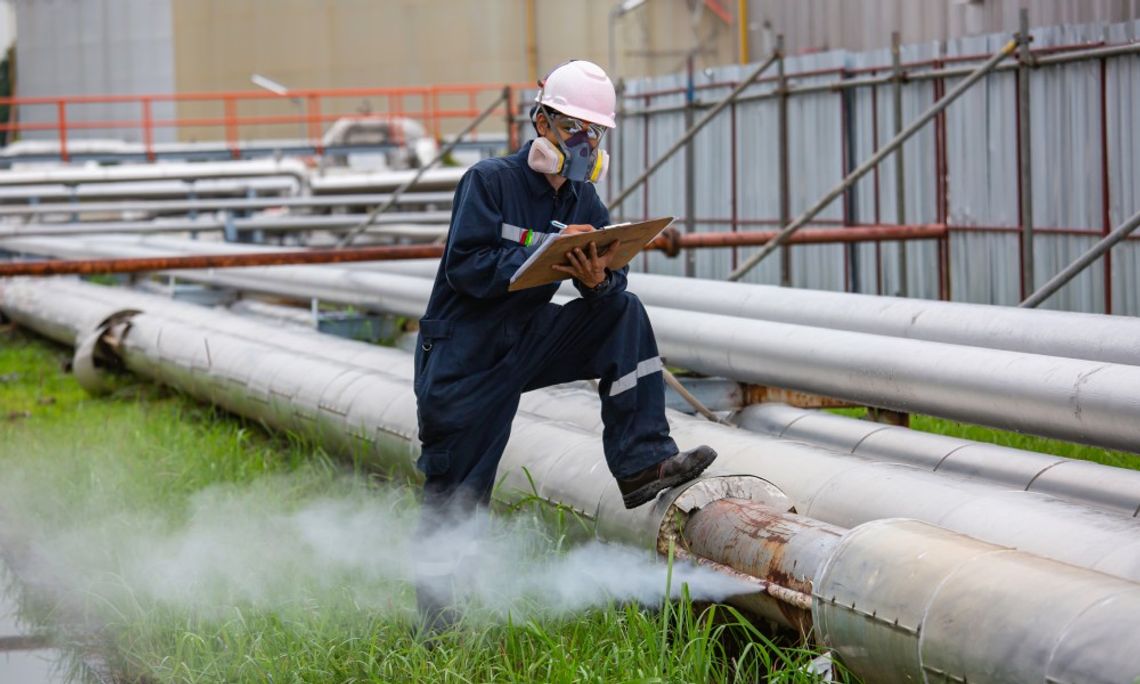Industrial settings are no strangers to hazardous materials, including chemicals, flames, and gases. When these things get out of control, they can cause severe damage by themselves or by interacting with other dangerous substances. Learning how to detect gas leaks in industrial settings is one step you can take to protect your facility and its workers from catastrophe. Explore some valuable strategies below.
Install Leak Detectors
First, install high-quality gas leak detectors throughout the facility. These devices provide early warnings by continuously monitoring the air for trace amounts of harmful gases, helping you conquer hazardous environments proactively. Place detectors in areas prone to leaks, such as around pipelines, storage tanks, and processing units. Additionally, regularly service and calibrate these detectors to ensure their accuracy and responsiveness.
Manually Check Gas Lines for Cracks
Regular manual inspections of gas lines are helpful to identify and address potential cracks or loose spots before they become significant issues. Look closely at valves, joints, and fittings because these spots are more susceptible to leaks.
Perform Regular Inspections With Detection Tools
Every once in a while, have workers go through your facility with specialized detection tools, such as infrared cameras and ultrasonic leak detectors. Infrared cameras help visualize gas emissions, and ultrasonic detectors listen for high-frequency sounds produced by leaks. These tools allow for noninvasive inspections and can detect what your workers can’t with just their senses.
Listen for Sounds of a Leak
Sometimes, warning sounds of a gas leak are audible to the naked ear. Therefore, it’s important to train your workers to recognize and react to these sounds. The hiss or whistle of escaping gas is a telltale sign that should not be ignored. Encourage swift reporting of any suspicious sounds to facilitate immediate investigation and resolution.
Watch for Dying Plants on the Outside
Not all warning signs will present themselves indoors. If you have gas lines that lead outside, observe the vegetation around these pipelines and industrial structures. Dying or discolored plants may signal a gas leak affecting the soil and surrounding ecosystem. Take immediate action if you notice such changes, as they indicate harmful gases might be seeping into the environment and posing risks to nearby communities.
Understanding how to detect gas leaks in industrial settings will help you maintain safety and operational integrity in your facility. By following these guidelines, you’re better equipped to identify potential leaks and address them promptly.


Comment
Comments